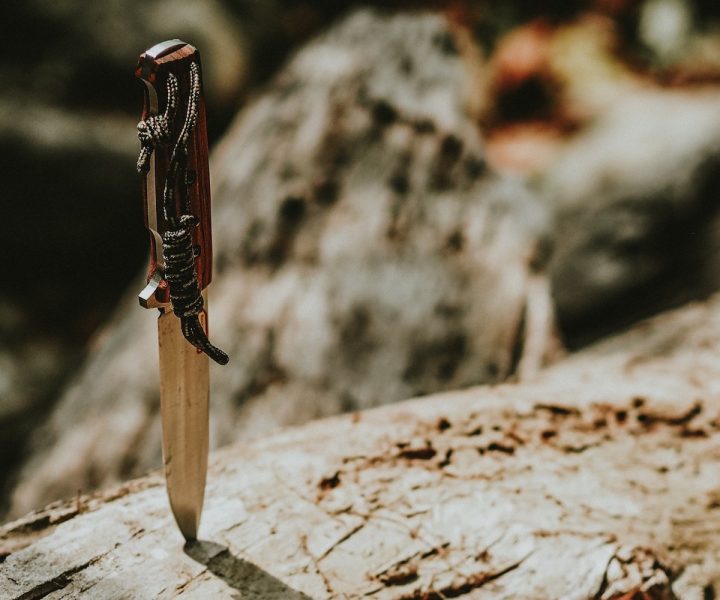
If you ever find yourself in a survival situation out in the wilderness, one of the most critical tools in your arsenal will be your knife. A sharp blade can be used for a multitude of purposes, so you don’t want to be left without one.
Of course, choosing the right knife to add to your pack can seem a little daunting when faced with so many different options. That’s why we’ve put together this useful guide to help you find a blade ideally suited to your needs. We discuss the key things to look for, and a few things to avoid, in a survival knife.
What to look for
Generally, when you head out for a backpacking adventure or camping trip, you take a knife with you with the intention of using it for some of the following:
- Preparing food
- Building a fire
- First aid
- Cutting cord
- Digging
- Slicing
- Gear repair
This may lead you to opt for a pocket knife with folding blades, as they don’t take up too much room in your survival pack, yet will handle most everyday tasks. While folding knives and multi-tools may be handy in most situations, they’re not ideal in a survival scenario.
In this case, you want a fixed blade with a full tang, which means the handle and blade is one integrated piece and far less likely to break. A fixed blade is a bit more awkward to carry, as it requires a sheath, but it is worth it should you ever find yourself in a difficult situation.
Don’t be fooled into thinking you need a huge knife like in the movies; while you do need a knife that’s large enough to handle heavier tasks, you should look something that’s also small enough to perform more intricate tasks. That means you’re looking for a blade that is between 4 to 6 inches long or a knife that is about 10 inches total.
When considering your blade edge, it’s best to avoid the serrated ones. Now, these can be great in certain situations, such as for cutting rope, but a straight edge can be sharpened more easily, is better for carving and batoning, and is overall more versatile. While you may think a half-serrated knife is a perfect compromise, it doesn’t offer enough of each type of edge to be of much use in a survival scenario.
When it comes to the handle, avoid hollow ones that you can use for storing things, as this will mean the knife will not have a full tang. You don’t need any extras in your knife, including a compass, as these gimmicky features just get in the way and could affect your grip.
A matter of personal preference
While there are a few things you should avoid and others you should be looking out for, ultimately the final decision will come down to you. Specific factors are down to personal preference, including which metal to pick.
While stainless steel is highly durable and less vulnerable to corrosion, some argue that these blades will lose an edge more quickly than their carbon counterparts. Carbon steel knives are easier to sharpen and hold up well when used for chopping or splitting wood. On the other hand, carbon steel blades will rust faster, so you should take both of these points into consideration when making your choice.
 Your Privacy Choices
Your Privacy Choices